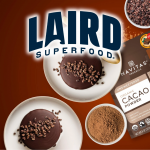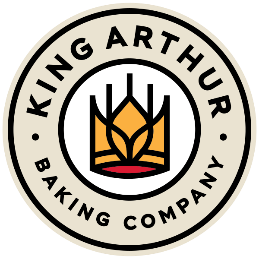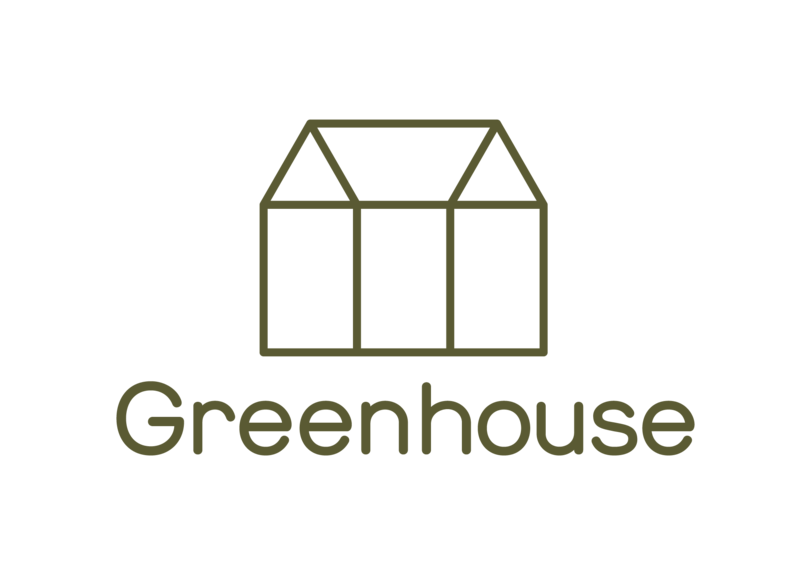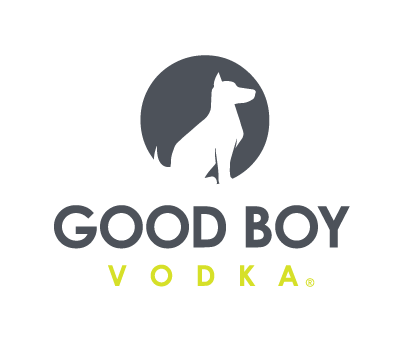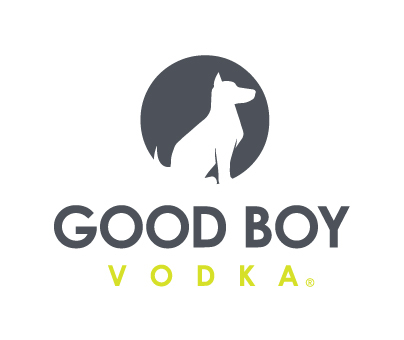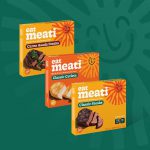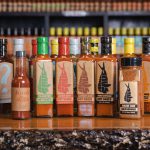Pescavore’s Long Road To Scaling Tuna Jerky
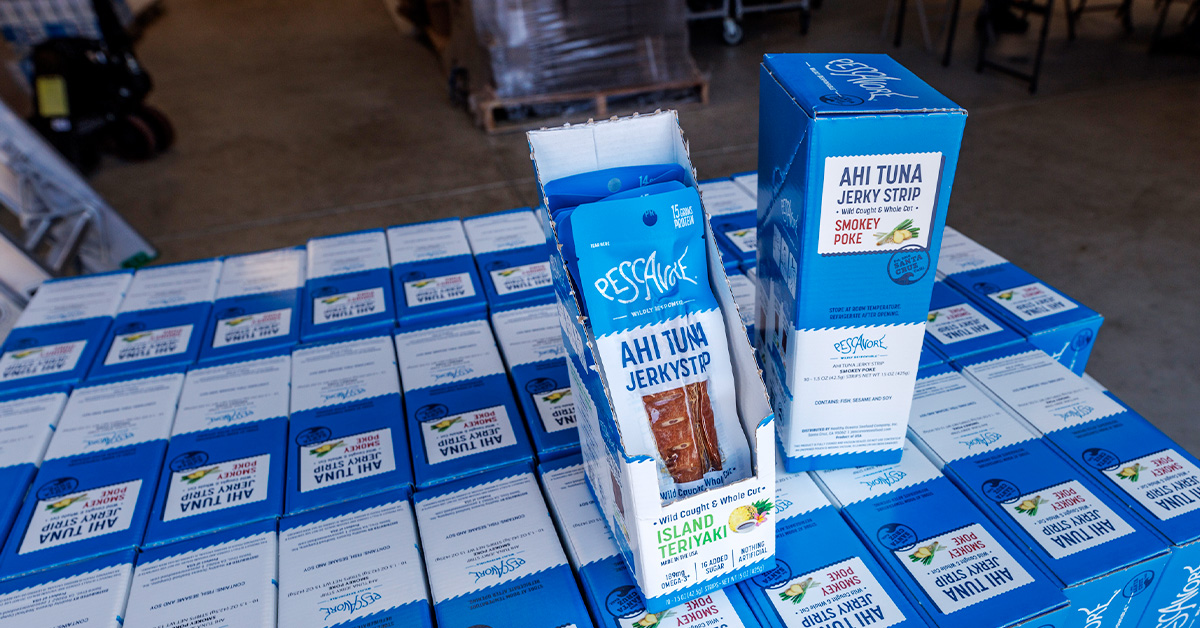
Being an insurgent brand in an established category like meat snacks can be hard enough but for fish jerky brand Pescavore unforeseen obstacles have made the process even more difficult.
Despite a series of starts and stops to developing a novel product with a dedicated consumer base, the Santa Cruz, Calif.-based brand (which operates under Healthy Oceans Seafood Company) is on the verge of taking the next step forward with the help from key investments allowing the brand to build a stable production model that can meet a growing distribution network.
Pescavore produces three varieties of cured, smoked and dried tuna jerky: Caribbean Jerk, Island Teriyaki and Smokey Poké. A 1.5 oz. pouch retails for about $5.
Jerky As A Mechanism Of Change
As with anything, scale and managing its own production has provided some savings but Pescavore was built on principles of supporting sustainable fishing which will always be more expensive than commodity seafood.
“Cheap tuna comes at a cost,” said co-founder Matt Owens.
Owens founded the business with his wife Clarice to address the environmental and human rights concerns of large-scale fishing, Pescavore launched with a mission to take tuna out of the “commoditized space of center-store cans,”
Owens worked for over 25 years in sustainable seafood with a focus on tuna for about half that time. He became “frustrated with the pace of change” in tuna sustainability and developed the idea while traveling in the Marshall Islands on a business trip with Clarice. They set off to develop the first environmentally friendly, FAD-free tuna products. (FADs are fish aggregating devices often associated with unsustainable fishing practices).
Embarking on the journey over ten years ago proved to be harder than they originally thought as the two found that there are nearly no domestic seafood canneries or co-packers who could produce the type of extended shelf-life product they intended to create.
Thus the couple acquired a processing plant in Santa Cruz in 2016 to eventually self-manufacture, Clarice told Nosh. “We weren’t actually even sure what we were trying to do was legitimate in a commercial setting.”
While the company built its BRC certified facility, it partnered with a co-packer in Alaska to develop their processes and test the product in select retailers. In 2018, the brand started distributing with small footprint in local independents and specialty grocers. Yet, quicker than expected the brand found itself with a robust regional network in multiple 7-Eleven stores.
But just as the brand was starting to feel a tailwind, Pescavore’s co-packer was shuttered after its owner passed away.
As a new product in a still nascent subcategory, having to shut down production for an indefinite amount of time and go out-of-stock with retail partners was “a huge step back,” Matt Owens said.
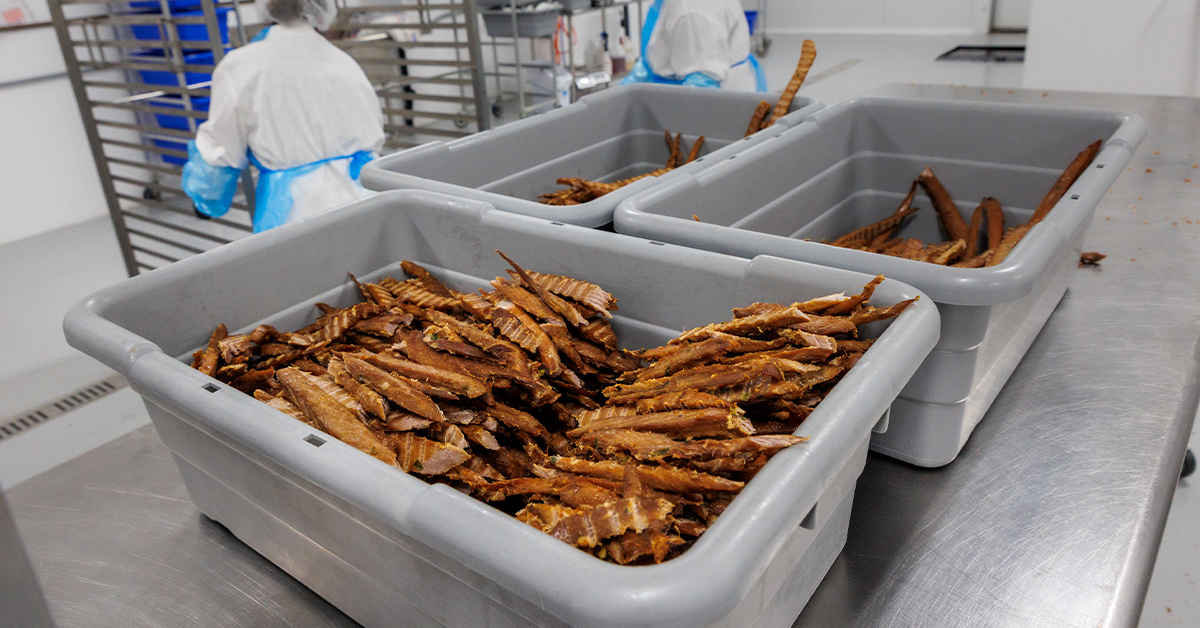
Despite being “stuck at the starting gate on the retail side,” Clarice Owens said, the company spent much of the last few years maximizing the capacity of the Santa Cruz plant. Owens utilized her background in engineering to scale its output through automation; it currently produces about 200 cases a week with capacity to expand as the brand grows.
Growing The Business Incrementally
In comparison to frozen and fresh seafood, category sales for shelf-stable fish (like canned and bagged) have been slowly rising though volumes are still lower than the pre-pandemic period, according to data analysis by Seafood Source.
Across multiple funding rounds, Pescavore has amassed $3.3 million in investment capital from backers including REI’s Path Ahead Ventures, former NFL player Vernon Davis, Lukas Walton’s Builder’s Vision and recording artist Pharrell Williams’ Black Ambition Opportunity Fund, with the latest $625,000 closing in December.
The company has also received financial support through the State of California Infrastructure and Development Bank as well as grants from the USDA’s Local Food Promotion Program, the Emerging Brands Alliance, the Chobani Incubator and the Female Founder Collective.
This capital has gone towards helping complete the company’s 5,000-square-foot facility and solidifying its supply chain. Pescavore is in over 1,300 doors primarily on the West Coast including Safeway, Albertsons, 7-Eleven and all 33 REI stores.
The fish jerky maker has also found traction in fitness centers and has begun testing markets east of the Mississippi River with a partnership in Planet Fitness locations in Tennessee and Washington D.C.
In October, the fish snack brand will be announcing a national partnership with a yet-to-be-disclosed specialty food retailer as it intends to go after the high-protein, on-the-go snack consumer.
“Incrementalism” In The Meat Snack Category
The value proposition for the brand has been 14 grams of protein and zero carbs with 30% less sodium than category leader Jack Link’s Original Beef Jerky. This has driven positive ROI when paired with in-store sampling where “outdoorsy men and jerky buyers” are picking up the product after trying it, Owens said.
Additionally, Pescavore’s retail buyers have shown enthusiasm for the slightly higher price point and product novelty because it becomes an add-on to the regular meat stick consumer and brings “incrementalism” to the category.
“If you take New Primal out [of store] and you put Chomps in, one person is going to buy one or the other of those products,” she said. “What we’re doing is increasing basket size and increasing value because you’re either bringing in a consumer who’s never seen fish jerky before or someone’s grabbing a Chomps and a Pescavore.”
This strategy has worked and Pescavore has also seen success with the product finding its way into other parts of the store outside of the meat snack aisle. Some buyers have placed it at the checkout aisle or even in shelf-stable seafood where it stands out more than next to jerkies and meat sticks.
“In fact, as our velocities and our revenue have gone up, our trade spend has gone down,” Owens said.
As it prepares for this next step in its growth, Pescavore is cognizant of continuing to innovate and is using its production facility as a “Seafood Innovation Center” to experiment with new products like smoked oysters or ground fish. The brand has already developed a wild Alaskan salmon jerky that it expects to commercialize as its first portfolio extension.
But for Pescavore, the mission of sustainability is key.
“What we aim to do is uplift value and then share that down the supply chain to the fishermen,” Matt Owens said.


